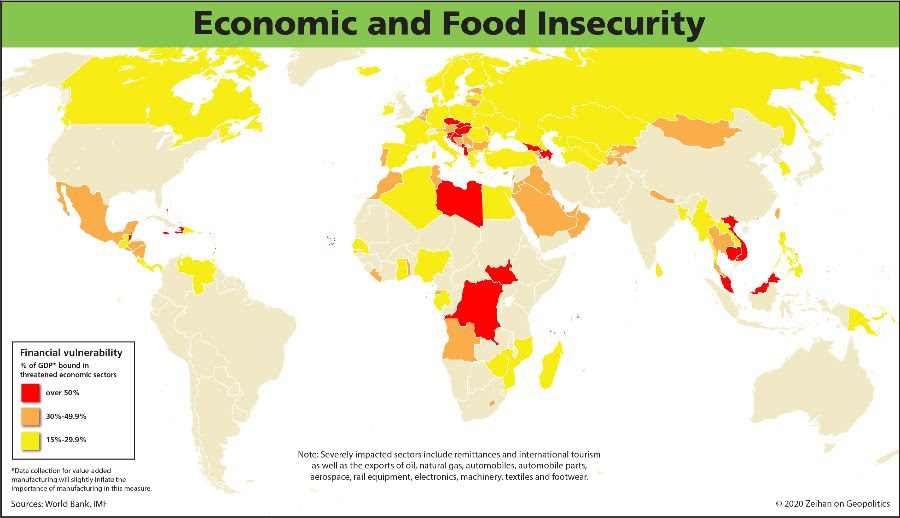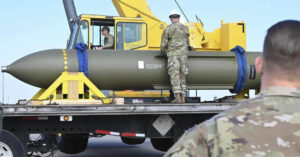The novel coronavirus has gutted humanity’s ability to engage in that most basic of social and economic activities: the ability to move. That simple fact has touched off a cascade of consequences, all of which touch off their own.
Stay-at-home orders mean less driving and flying. Transport is over half of global oil demand. The gutting of transport has crashed oil prices.
- Less driving and flying means fewer people and firms are purchasing cars and jets. The gutting of transport has crashed global automotive and aerospace trade and manufacturing.
- Less driving and flying means less tourism and shopping. The gutting of transport has shriveled global textiles and electronics trade and production.
- Less driving and flying means more people at home doing their own cleaning and cooking and yard work. The gutting of transport means less income for migrant workers who normally handle those tasks. Remittances – a key source of foreign currency earnings in many countries – evaporate.
None of these sectors will return to strength until people feel it is safe enough to move about again and secure enough to spend again. In the case of textiles that could happen before the end of this year. In the case of tourism I’d be surprised if it happens before the end of next year.
It all adds up pretty quickly to something that is…not particularly encouraging. For American readers, think of how disruptive the coronavirus experience has been to this point. Now look at this graphic. For the United States, the sum total of all the sectors experiencing this sort of deep structural pain is a paltry 4.1% of US GDP. Compared to much of the rest of the world, that’s practically beer money. (For a point of comparison, China clocks in at just over 11%.)

Which brings us to a double pain-point for the global system. Not only are these countries now at risk of something far worse than a simple recession, many rely upon income from these threatened economic sectors to feed themselves. We’re not so much worried about a global food crisis caused by a lack of food production, but instead because of economic collapse among many consuming countries.
Join Peter Zeihan and Melissa Taylor April 30 as they break down global agriculture in the time of coronavirus.
Future planned invents include:
- Transport and Supply Chains
- Manufacturing
- Industrial Commodities
If you enjoy our newsletters, please consider showing your appreciation through a donation to Feeding America if you are able to do so. One of the biggest problems the country faces at present is food dislocation: pre-COVID, nearly 40% of all foods were not consumed at home. Instead they were destined for places like restaurants and college dorms. Shifting the supply chain to grocery stores takes time and money, but people need food now. Some 23 million students used to be on school lunches, for example. That servicing has evaporated. Feeding America helps bridge the gap between America’s food supply (which remains robust) and its demand (which coronavirus has shifted faster than the supply chains can keep up).
A little goes a very long way. For a single dollar, FA can feed one person for three days.








